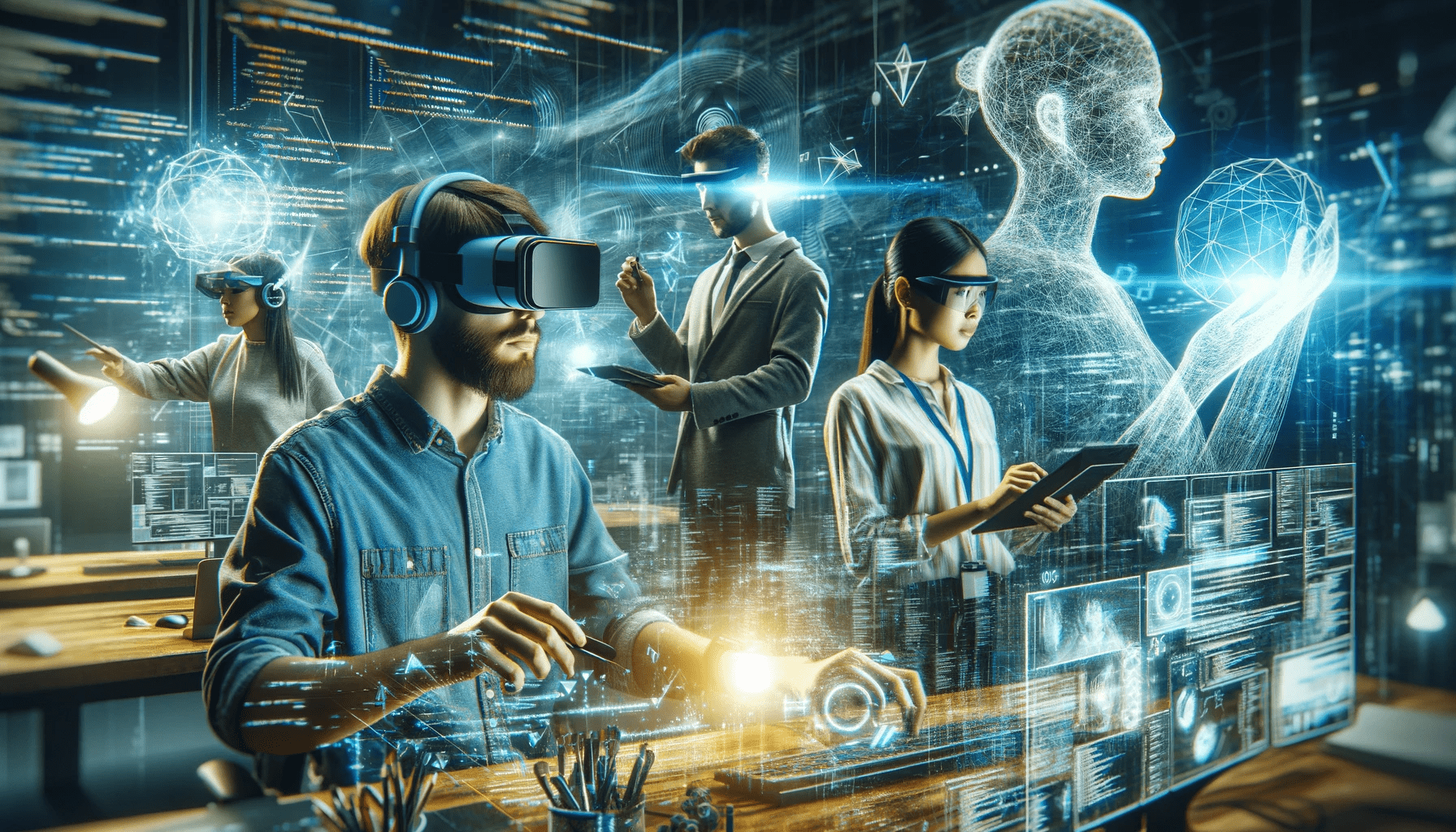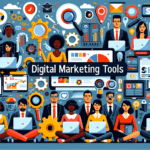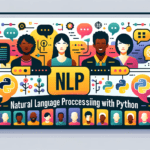Introduction
Welcome to the immersive world of Virtual Reality (VR) and Augmented Reality (AR) – technologies that are rapidly reshaping the landscape of software development. In this blog, we dive into how VR and AR are revolutionizing the way we interact with digital content and their burgeoning role in software development.
VR and AR: Understanding the Basics
VR immerses users in a completely virtual environment, while AR overlays virtual objects onto the real world. Together, they represent a spectrum of mixed reality experiences, offering limitless possibilities for innovation.
The Evolution of VR and AR
From early flight simulators to the latest AR-enabled smartphones, VR and AR have undergone significant evolution. Today, they’re more than just gaming accessories; they’re powerful tools transforming various industries.
Transformative Impact in Software Development
VR and AR are not just changing the user experience; they’re revolutionizing the software development process itself.
- Enhanced Prototyping: Developers can create and test immersive prototypes, offering a deeper understanding of user interaction.
- Collaborative Development: These technologies enable developers to collaborate in virtual environments, breaking geographical barriers.
- Advanced Training and Simulation: VR and AR are ideal for training simulations, providing realistic and risk-free environments.
Industry Applications
Healthcare
- Surgical Training: Surgeons use VR to simulate complex operations.
- Patient Rehabilitation: AR and VR assist in patient therapy and rehabilitation exercises.
Education
- Interactive Learning: These technologies offer students immersive and interactive learning experiences, making education more engaging.
Real Estate
- Virtual Property Tours: VR allows potential buyers to tour properties remotely, saving time and resources.
Retail
- Virtual Try-Ons: AR enables customers to try products virtually, enhancing the shopping experience.
Overcoming Challenges
While VR and AR are promising, they face challenges:
- Hardware Limitations: High-quality VR/AR experiences require sophisticated hardware.
- User Experience Concerns: Issues like motion sickness and user interface design need addressing.
- Development Complexity: Creating VR/AR content can be more complex and resource-intensive than traditional software.
The Future: Boundless Possibilities
As technology advances, the potential applications of VR and AR in software development are boundless:
- Integration with AI and IoT: Combining VR/AR with AI and IoT could lead to smarter, more interactive environments.
- Widespread Adoption in Various Sectors: Beyond gaming, these technologies will become commonplace in education, healthcare, and other industries.
- Evolution of Social Media: VR/AR could transform social media, offering more immersive ways of interaction.
Conclusion
VR and AR are not just futuristic concepts; they’re here, transforming the software development landscape. As we embrace these technologies, we unlock new possibilities for interaction, collaboration, and innovation.




